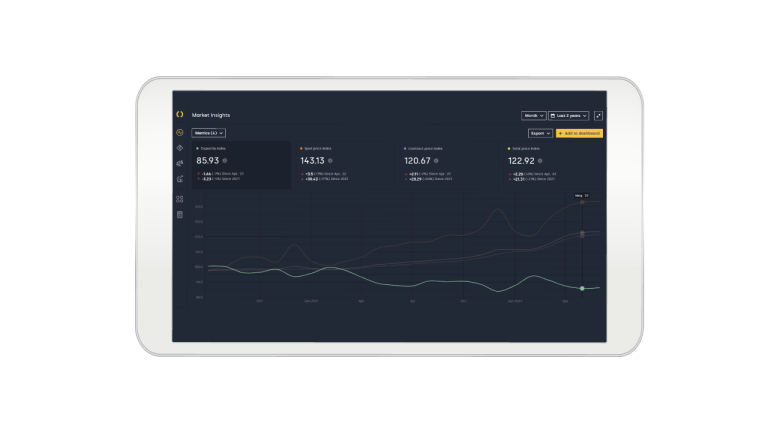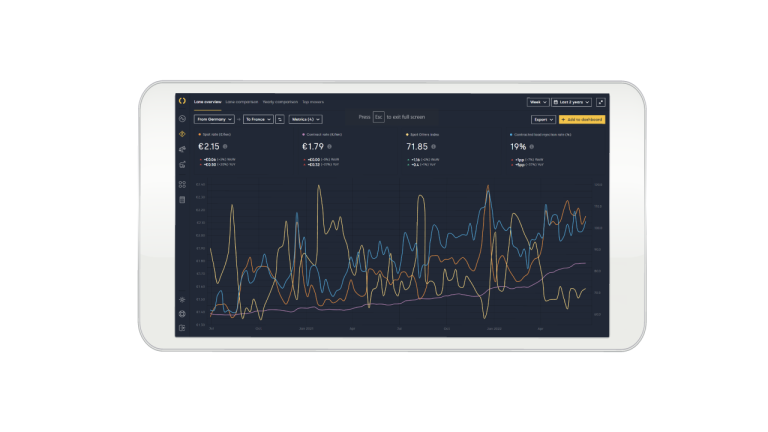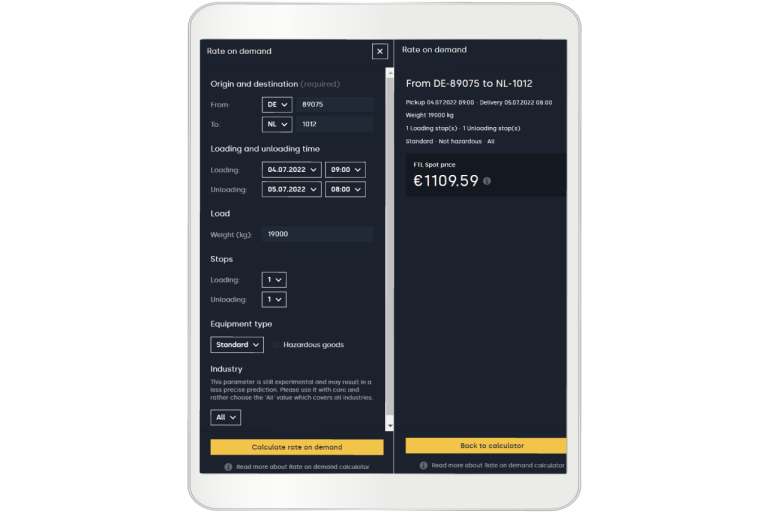Overall economic conditions are deteriorating
“Global growth is expected to [decrease] from 5.7 percent in 2021 to 2.9 percent in 2022— significantly lower than 4.1 percent that was anticipated in January.” World Bank’s latest Global Economic Prospects report, June 2022
-
Growth expected to hover around 2.9% over the next two years as activity, investment and trade feel the impact of the war in Ukraine – source: World Bank
-
French economy predicted to grow 2.3% this year, down from 3.4% forecast in March – source: Bank of France
-
Forecast economic growth in 2022 cut to 1.5% by Germany’s BDI industry association, down from 3.5% forecast before Russia-Ukraine began – source: Reuters
In addition, Reuters reported that Euro zone inflation rose to a record high 8.1% in May, more than four times the European Central Bank's target. According to the article, “While a 39% rise in energy costs was the main driver of inflation, unprocessed food prices were up 9% and non-energy industrial goods prices rose by 4.2%. The price of services, where wages are a key cost, rose by 3.5%.”
Inflation in the UK is even worse, reaching 9.1% in May, a 40-year high. According to a CNBC article, “Along with the external shocks facing the global economy — such as food and energy price surges amid the war in Ukraine and supply chain problems due to lingering Covid-19 pandemic bottlenecks — the U.K. is also navigating domestic pressures, such as the unwinding of the government’s historic pandemic-era fiscal support, and the effects of Brexit.”




